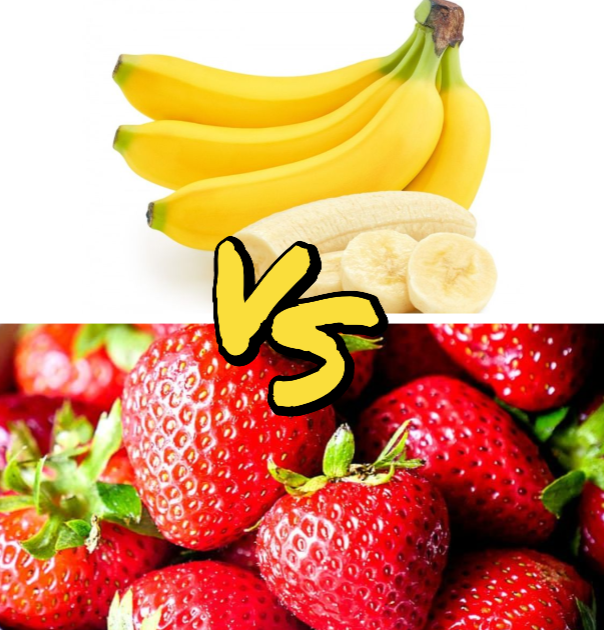The Wampee fruit is an intriguing and delicious fruit that has a taste and texture that recalls both citrus and grapes. When you bite into the Wampee, you’ll find it bursting with juicy flavor, starting off tangy and becoming sweeter as it matures. You can eat it by itself, or use it to make yummy desserts or jellies. Like its cousin the kumquat, the Wampee belongs to the Rutaceae family and has a zesty, sour skin.
Not just a fruit, the Wampee tree blooms with greenish-white flowers and provides a lovely thick shade, perfect for a food forest atmosphere. The stems of the Wampee fruit are short, about 1/4 to 1/2 inch, and the fruits hang in large clusters from the branches. Shaped like tiny cones or spheres, they are about an inch long and have five pale stripes running top to bottom. While it may seem thin, the skin is actually quite tough, but still simple to peel.
Inside, the flesh of the Wampee is juicy and either sweet or a bit tart, mostly pale yellowish-white, though sometimes it has no color at all. Inside, from one to five seeds are nestled, each elongated with a brownish tip. However, these seeds can’t be eaten since they’re too full of resin.
Table of Contents
Experiencing the Flavor of Wampee
When you taste a Wampee fruit, you’ll notice a blend of sweet and tangy flavors, with the thin skin adding a slightly resinous, almost spiced sensation. Some Wampees are more sour than others, depending on the variety. The overall flavor is quite delightful and unique, creating a fun eating experience.
A Cultural Staple with Various Uses
Wampee is mainly enjoyed in Southeast Asia, particularly in countries like China, Vietnam, and Thailand. In traditional Chinese medicine, it’s used to help with sicknesses such as fevers, coughs, and sore throats. The tree’s leaves and bark are also brewed into a calming tea.
In Vietnamese food, Wampee is turned into jams, jellies, and pickles, or added to stews and soups for extra flavor. In Thailand, where it’s called ‘chomphu,’ it’s a key ingredient in a sweet and sour sauce perfect for meats and seafood, and it’s also used in a popular drink. The entire plant, including its bark, leaves, and roots, is believed to have healing properties, making it integral to Southeast Asian cuisine and medicine.
How to Grow Your Own Wampee
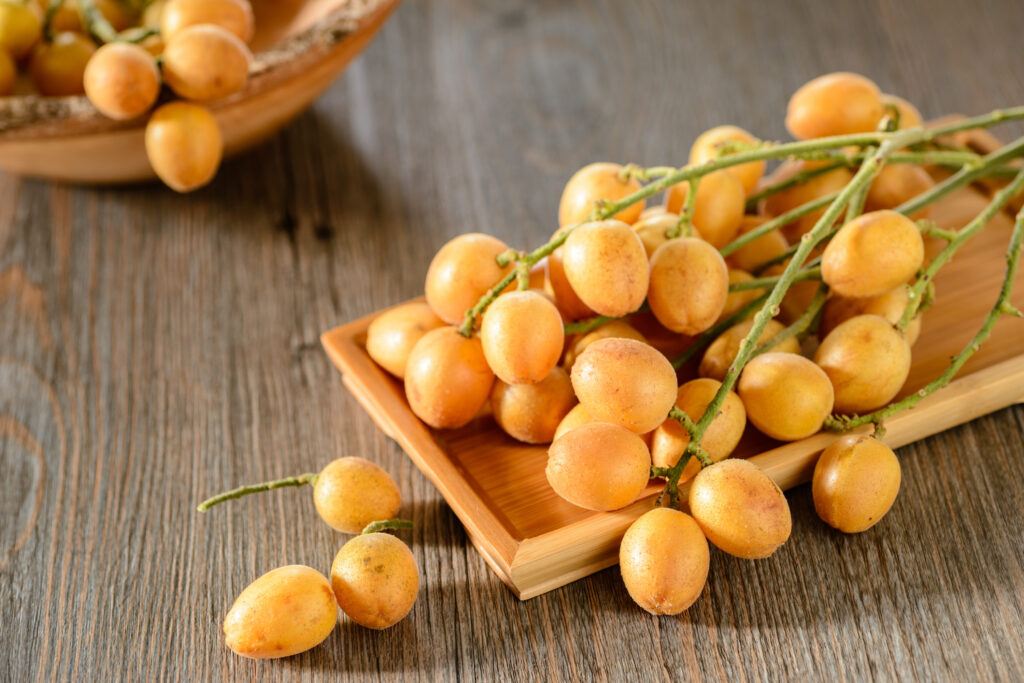
You can grow Wampee fruit by planting the seeds from ripe fruits. Clean and dry the seeds, then place them either directly in the soil or in seed trays with soil that allows water to drain well.
Make sure to keep the soil moist and warm to help the seeds sprout, which can take a few weeks. When the young plants are ready, transplant them to a more permanent spot in the garden or orchard.
Remember, it can take 3 to 5 years for a Wampee tree to start producing fruit after germination. During this time, consistent care is key – water, fertilize, and prune the plant to help it grow strong and healthy. For the best possibility of delicious fruits, the Wampee tree needs plenty of sunlight during the fruiting season (usually late summer) and varying temperatures during spring and fall. Also, watch out for pests like scale insects and control them with pesticides or organic methods like removing damaged buds.
With commitment and a bit of patience, anyone can grow Wampee trees that yield delightful fruits. Stay consistent with your care, and you’ll be rewarded with gorgeous flowers, tasty fruits, and leaves & flowers throughout the year.
Nutritional Value of Wampee
Wampee fruit serves up a powerful punch of essential nutrients:
- Rich in vitamin C, this fruit bolsters the immune system and helps the body ward off illness.
- It’s also a source of various vitamins and minerals like vitamin A, vitamin E, potassium, and calcium, though in smaller amounts.
- Low in calories and fats, it does offer a moderate amount of carbohydrates.
- High in dietary fiber, Wampee supports digestion and can reduce the chance of constipation.
- Packed with antioxidants like flavonoids and phenolic compounds, it potentially reduces inflammation and lowers the risk of cancer.
Keep in mind that how much nutrition a Wampee fruit has can vary based on where and how it grows, what kind it is, how ripe it is, and how you store it. For the best nutritional impact, make sure you pick fresh Wampee fruits carefully.
Potential Health Advantages of Wampee
Not only is the Wampee fruit delicious, but it’s also filled with health benefits that make it a great addition to your diet:
- Immune Support: With plenty of vitamin C, Wampee helps boost your immune system to fight off infections and diseases.
- Better Digestion: Its dietary fiber content can promote digestive health and prevent constipation.
- Fights Inflammation: The fruit’s anti-inflammatory properties, due to flavonoids and phenolic compounds, may help protect against diseases like cancer and heart issues.
- Healthier Skin: Vitamin C in Wampee promotes collagen production, which could help reduce signs of aging on the skin.
- Regulates Blood Pressure: The high potassium levels in the fruit can help lower blood pressure and reduce the risk of hypertension.
Whether you eat it straight, cooked, or in another form, the Wampee fruit offers a wide array of health benefits that make it worth including in your meals.
What does wampee fruit taste like?
Wampee fruit blends sweet and sour flavors with a touch of citrus. The texture reminds you of an apple, but it has a thinner, more tender skin.
How do you enjoy wampee fruit?
You can enjoy Wampee fruit fresh, cooked, or blended into a smoothie. It is also great for making jams, jellies, pies, and other sweet treats.


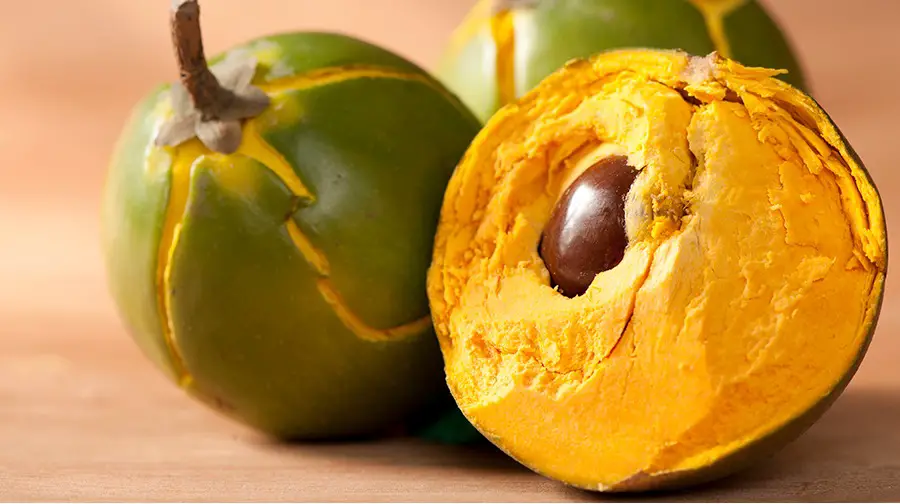

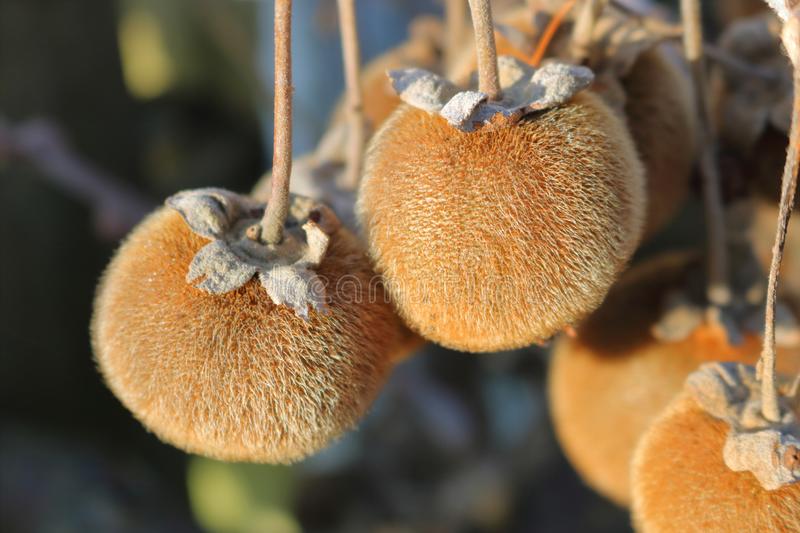
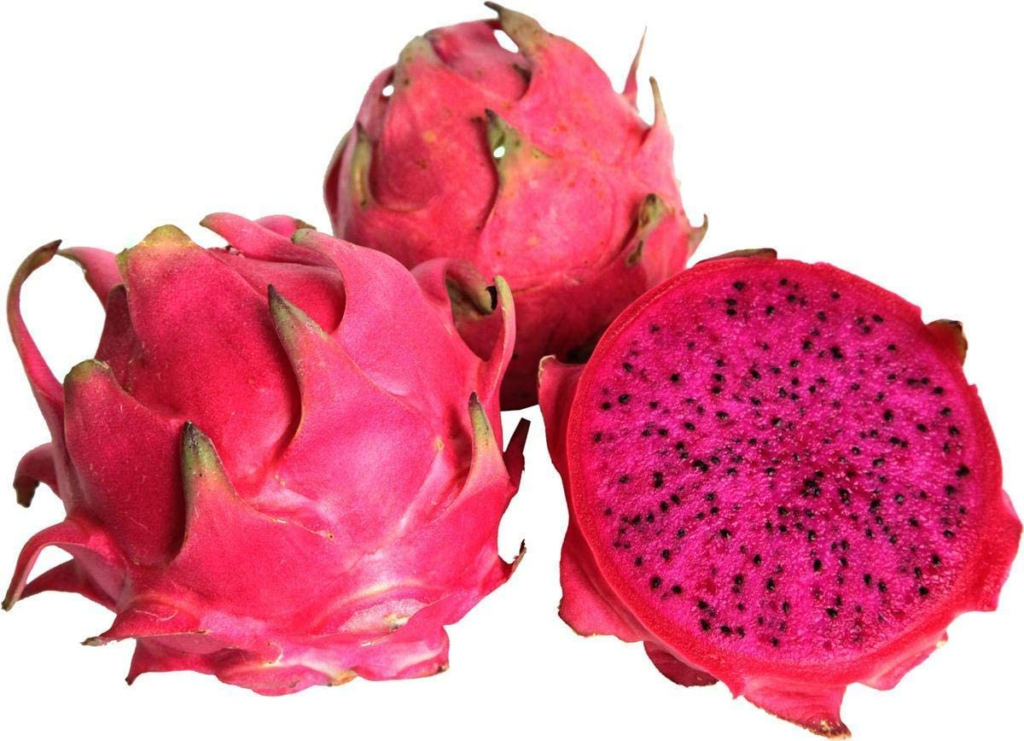
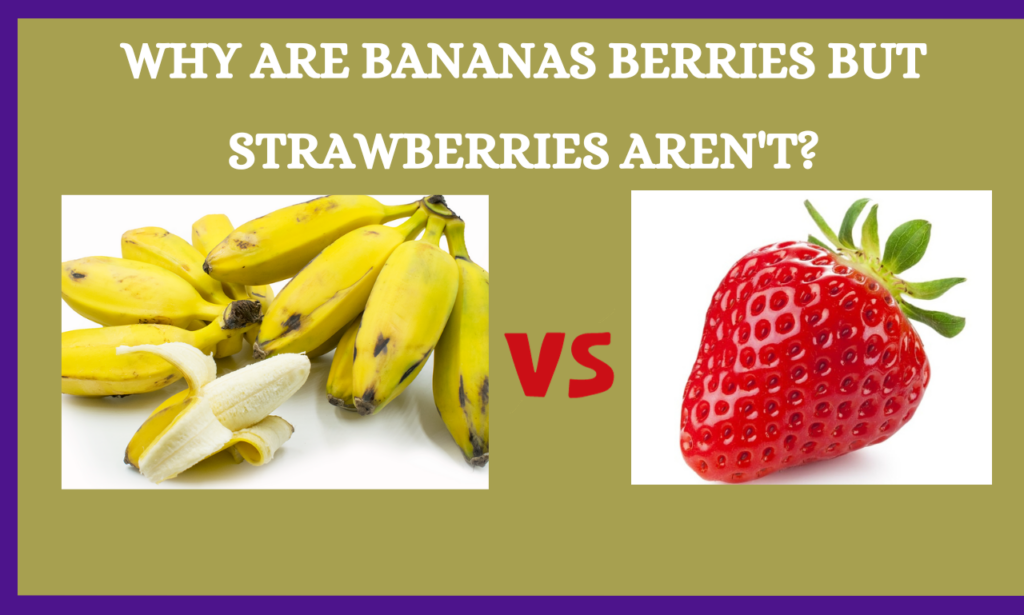

![Can Chickens Eat Blueberries? [Yes or No]](https://fruitonix.com/wp-content/uploads/2023/06/Screenshot-2023-06-22-7.25.29-PM.png)
